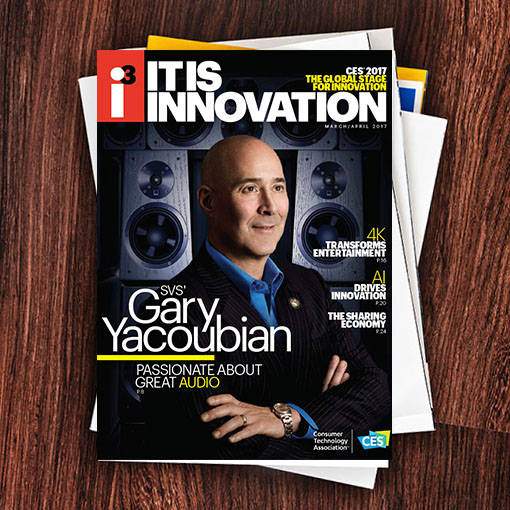He cites the growing video content on YouTube, both professional productions and do-it-yourself clips ("user -generated content"), as evidence of today’s easy access.
There are almost no barriers to entry, Kochhar says, and hence, the gatekeeper function – the choke point of previous eras – is reduced, bringing TV to anyone almost anywhere.
Meanwhile, the value and availability of TV keeps growing. Groups such as the Streaming Video Alliance are working with Major League Baseball Advanced Media, Viacom and other content creators to establish technical specifications that assure a "broadcast quality" experience for online video. AT&T's recently acquired DirecTV has accelerated the release of its streaming DirecTV Now, which John Stankey, CEO of AT&T's entertainment group, calls "the foundation for what we do in the future."
OTT originally got its name about ten years ago when viewers began tuning into streaming video content such as iTunes, Netflix and Hulu programs, via the broadband capacity of their cable systems. To cable operators' utter dismay, such viewing was above and beyond (i.e. over-the-top) their revenue-generating pay TV channel profit centers.
Suddenly, some of the most popular programming was out of their control. Apple TV, Roku, Amazon Fire, Chromecast and countless other hardware options enabled cable cord-cutters to watch Netflix, Hulu, Amazon Prime and other video content online: no conventional TV or subscriptions needed.
Fast-forward, today the entire video ecosystem is in flux. Mainstays of the cable pay TV world, Home Box Office, Starz, ESPN (to a limited degree) and Discovery, offer on-demand streaming options.
Allison Dollar, CEO of the ITV Alliance, established as an interactive TV association 20 years ago, OTT was a useful term "in a Wall Street context” as the industry took shape. Now, in a “chaotic industry in rapid transition," Dollar sees the need for a better way to deal with "transactional touch points and targeted advertising" which the new platforms enable.
Dollar says what's now called OTT is part of a cluster of digital elements, including content, technology, advertising and distribution. Parks Associates, a research firm, recently confirmed that nearly one-third of U.S. broadband households subscribe to multiple OTT services and pay an average of $29 per month for incremental video-related entertainment, beyond their core cable TV fees.
Which reinforces a point made by Kochhar of The Video Genome Project: someday it will all just be called "television."

i3, the flagship magazine from the Consumer Technology Association (CTA)®, focuses on innovation in technology, policy and business as well as the entrepreneurs, industry leaders and startups that grow the consumer technology industry. Subscriptions to i3 are available free to qualified participants in the consumer electronics industry.